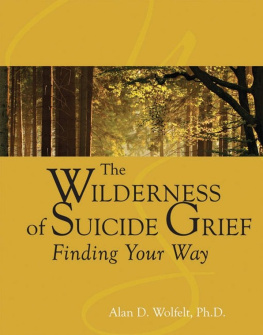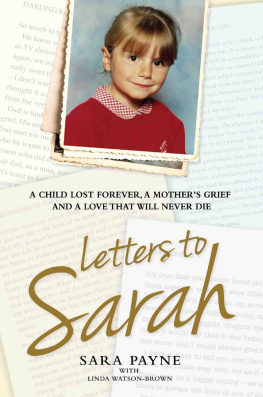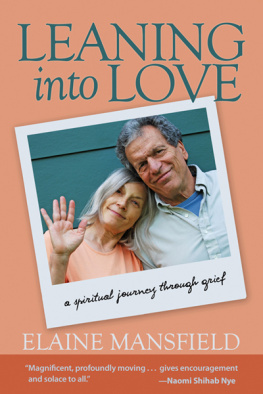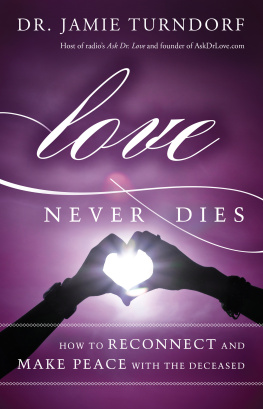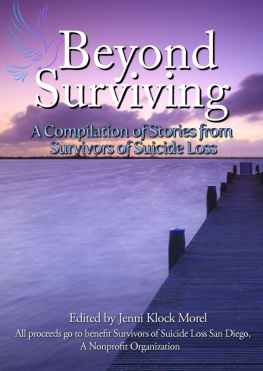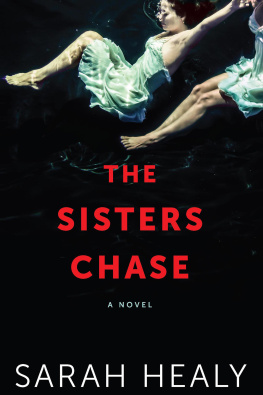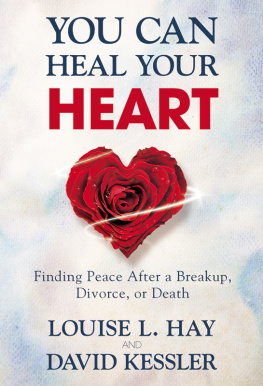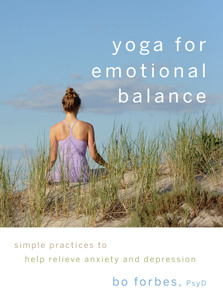
Copyright 2019 Sarah Neustadter
All rights reserved, including the right to reproduce this book or portions thereof in any form whatsoever.
Published by SparkPress, a BookSparks imprint,
A division of SparkPoint Studio, LLC
Tempe, Arizona, USA, 85281
www.gosparkpress.com
Published 2019
Printed in the United States of America
(pbk) ISBN: 978-1-943006-88-5
(ebk) ISBN: 978-1-943006-89-2
Library of Congress Control Number: 2019931368
Interior design by Tabitha Lahr
All company and/or product names may be trade names, logos, trademarks, and/or registered trademarks and are the property of their respective owners.
Names and identifying characteristics have been changed to protect the privacy of certain individuals.
For all those with broken hearts
contents
authors note
The writing of this book spans the course of nine years, from 2009 to 2018. I wrote large chunks in the first three years after my boyfriend, John died. Early on, an editor commented that with the gravity of this kind of tragedy, the book might be better if I had time to mature and sit with the experience, and then write about what Id learned in hindsight. Her comment stuck with me, but I still pursued my writing during those early years. It was imperative that I release my raw, unpolished emotion and memories onto the page, with or without aged wisdom. Eventually, however, I stepped away from the manuscript. I needed a vacation from the heaviness of suicide and grief. I took such a long break, in fact, that I gave up on writing and wanting to share this book. I was more interested in living in the light, as is often the case in Los Angeles, and experiencing the fun Id missed during my years of darkness.
It wasnt until recently, in seeing how many peopleespecially public figuresare committing suicide and overdosing, and recognizing the unbearable despair these deaths are inevitably leaving in their wake, that I felt a beckoning to complete this book. The world has become a much harder place to live these past few years, and many are seeking an exit, a return to a more innocent state. This book is for a new generation of survivors; I hope it will help them navigate trauma and suffering from a more spiritual, self-aware perspective.
As the ten-year anniversary of Johns suicide approaches, I recognize that this story is no longer my own but the collectives. Its about how far weve come from our original innocence and how, through our heartbreak and loss, we can find our way back home without having to literally, kill ourselves.
introduction
When I was twenty-nine and a third-year doctoral student in psychology, my beloved boyfriend of two and a half yearsthe man I intended to spend the rest of my life with and my fellow psychology studenttook his life by throwing himself beside the train tracks in our small town of Mountain View in Northern California. John had turned thirty-six days prior.
In the wake of his death, I sank so far into darkness that I could barely muster the will to get through another day. I wanted to die. The pain of missing him was unbearable. The thought of living the rest of my life, years upon years, without him filled me with hopelessness and despair. I didnt want to do it. I couldnt do it. Yet I had no choice. I could never kill myself and inflict the same kind of pain and suffering I was now feeling on my own loved ones. I was trapped. I knew, though, that if I was going to be alive, I had to try to make the most of it, find some reason for my loss and why I was going through what I was going through. I knew I needed to heal, but I didnt know how. I felt alone and alienated from my friends, family, and peers. Theyd never experienced this kind of lossthe death of a partner. Nor had they experienced a death so tragic and shocking before.
In the first year after John died, very little helped ease my pain. Nothing anyone who hadnt experienced this kind of death did or said could help me. I needed guidance from others who had gone through it. I needed to know how others who had been in a similar situation were carrying on with the rest of their lives without their beloved. How had they made peace with their own mortality and the choice made by their partner? How had they kept on living with their hearts damaged as they were?
I searched in vain for books about other women in existential agony over the death of their husbands or beloveds. I found how-to guides for suicide grief and a couple of memoirs about becoming a widow but no memoirs about surviving the suicide of a partner or books that voiced the longing I felt to join John in death. None of the books I found mirrored the depth of my pain or offered me a concrete roadmap for navigating this kind of existential hell. None of the books provided believable assurance that my life would ever feel better without John.
From within my despair, I found no relief in how-to manuals and other self-help books. They did not empathize with my loss. I felt talked to and coached at, not joined with. The authors words of hope felt dismissive and minimizing of my pain. As a spiritually oriented person, I also found that these books did not provide relevant answers on how to help me carry my heartache through all the hours, days, weeks, and years ahead of me. I wanted to read a book that voiced the desperate, soulful longing of a being separated from a soul mate by death. I wanted to learn how to reconnect with John in spirit.
Eight months after John died, I started writing emails to him. In them, I told him the story of us, his death, and my grief. I sent each email to his former Yahoo address, knowing I wouldnt get a response but needing to send them nevertheless. This book is a compilation of those emails, plus some blog posts, written from within the eye of the storm of grief and not from an outside perspective looking in.
Ive organized these writings into three categories that reflect the organic unfolding of my healing process within the first three years following Johns suicide: despair, shifting, and beauty. (Because of this organizational decision, the emails are not all in chronological order.) At the end of each section, I provide more professionally based psychological guidance on how to navigate the grief Ive been exploring. I call these The Maps.
At the back of the book is a section on transformational practices, as well as a list of resources I found helpful for self-healing and reestablishing a life after Johns suicide. The resources have a spiritual bent to them. Pick and choose what resonates for you.
This book is meant to serve as a companion in grief for any survivor left behind without his or her beloved. Its also meant to help anyone suffering from deep depression or suicidal longings. My hope is that in reading about my journey of wrestling with Johns suicideand my own mortalityyou will find a way to make sense of your own loss.
May my loss and self-healing process encourage and facilitate your own healing. Please know that even though you feel alone, you are not alone in this. Others are going through this darkness right now, and others have gone through it before you. I have been in your exact location of hell, and I have gotten out. Just know, perhaps in some vague distant way, that you will too.
despair
Despair is about the intensity of my grief, and this section may be too heavy for some readers. It may, however, sit just right for others who can relate to a sudden, tragic loss and possibly their own feelings of suicidal ideation.
Next page

